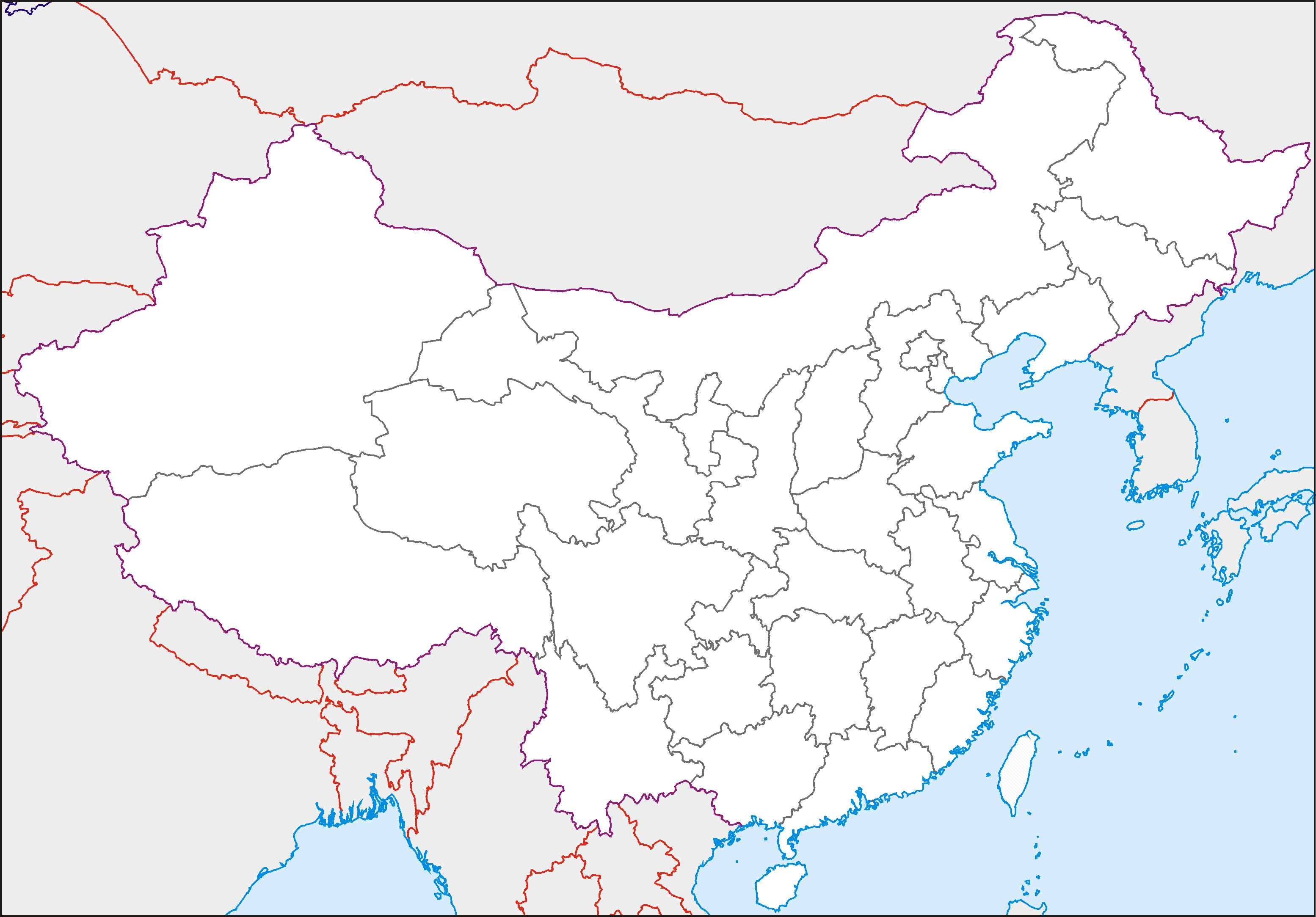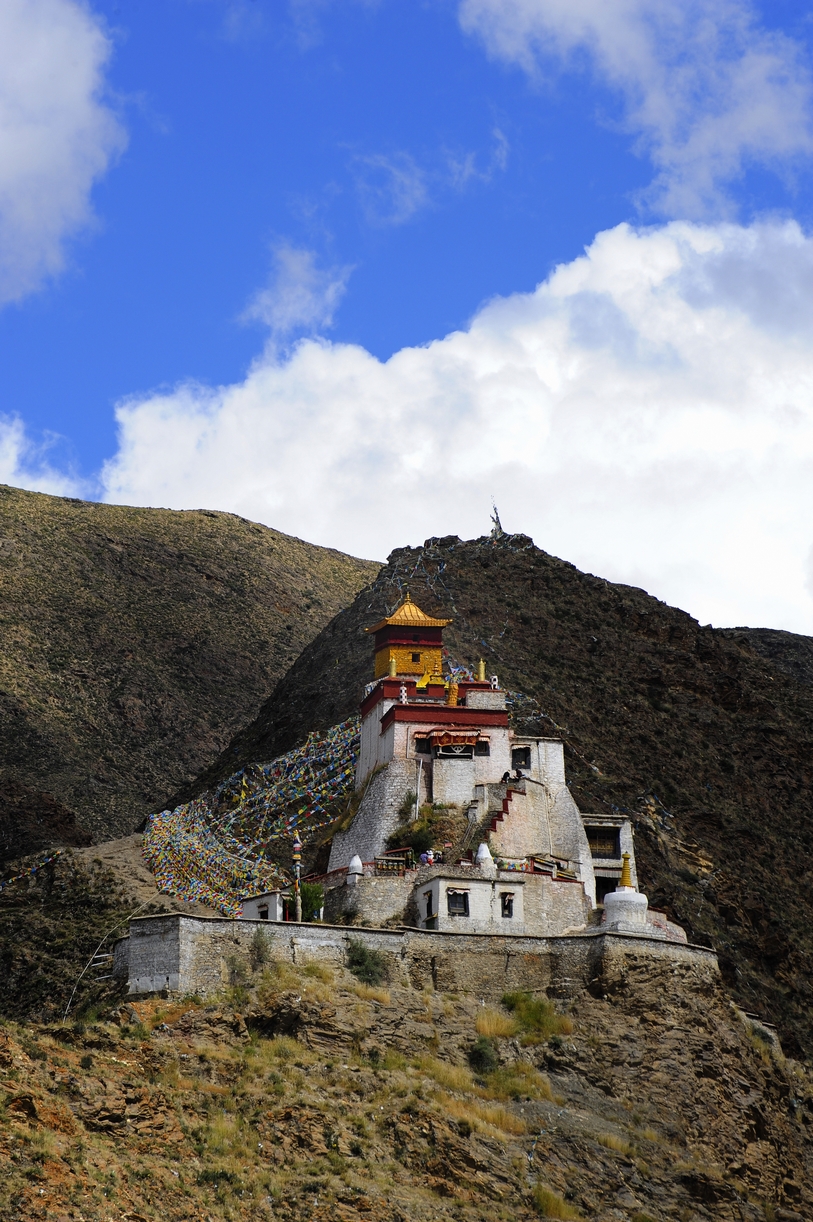|
Nêdong (village)
Nêdong or Nêtong is a village in Nêdong County, in the Shannan Prefecture of Tibet. Nedong was the seat of the Phagmodrupa dynasty, which was the dominating regime in Tibet from 1354 to 1435 and maintained a degree of authority until the early 17th century. See also * List of towns and villages in Tibet An alphabetical list of populated places, including cities, towns, and villages, in the Tibet Autonomous Region of western China. A *Alamdo *Alhar *Arza *Asog B *Baga, Tibet, Baga *Bagar *Baidi, Nagarzê County, Baidi *Baima *Baimai *Bai ... References External links and references Populated places in Tibet {{Shannan-geo-stub ... [...More Info...] [...Related Items...] OR: [Wikipedia] [Google] [Baidu] |
Nêdong County
Nêdong District (; zh, s=乃东区) is a district of Shannan in the Tibet Autonomous Region, China. Nêdong District has a storied administrative history rooted in its strategic location along the Yarlung River. Tradruk Temple, an important early Buddhist monastery dating to the reign of Songtsen Gampo, is located in the Yarlung Valley in Nêdong as is Yungbulakang Palace. History Originally part of the ancient Tibetan Empire, it served as a key administrative center during the 7th–9th centuries CE, with Yumbu Lakhang Palace symbolizing its royal legacy. During the Yuan Dynasty (1271–1368), the area was incorporated into the Central Government's governance as part of the Ü-Tsang region. In the Ming (1368–1644) and Qing (1644–1912) periods, Nêdong evolved into a county-level entity, overseeing local affairs and serving as a cultural nexus. In 1959, Naedong County was established under the jurisdiction of the Shannan Special Administrative Region. In 1970, th ... [...More Info...] [...Related Items...] OR: [Wikipedia] [Google] [Baidu] |
Shannan Prefecture
ShannanThe official spelling according to ( zh, c=山南, p=Shānnán, l=south of the mountains), also known as Lhoka (; zh, c=洛卡, p=Luò kǎ), is a prefecture-level city in the southeastern Tibet Autonomous Region, China. Shannan includes Gonggar County within its jurisdiction with Gongkar Chö Monastery, Gonggar Dzong, and Gonggar Airport all located near Gonggar town. Located on the middle and lower reaches of the Yarlung Valley, formed by the Yarlung Tsangpo River, Lhoka region is often regarded as the birthplace of Tibetan civilization. It is bounded by the city of Lhasa to the north, Nyingchi to the east, Shigatse on the west and the international border with India and Bhutan on the south. The city measures east to west and from north to south. Its uniqueness stems from the fact that Tibet's earliest agricultural farmland, its first palace and first Buddhist monastery are all located in Lhoka. It also has the distinction of having held the first lhamo performa ... [...More Info...] [...Related Items...] OR: [Wikipedia] [Google] [Baidu] |
Tibet Autonomous Region
The Tibet Autonomous Region (TAR), often shortened to Tibet in English or Xizang in Pinyin, Hanyu Pinyin, is an Autonomous regions of China, autonomous region of the China, People's Republic of China. It was established in 1965 to replace the Tibet Area (administrative division), Tibet Area, a former administrative division of the Republic of China (1912–1949), Republic of China. The current borders of the Tibet Autonomous Region were generally established in the 18th century and include about half of Tibet, cultural Tibet, which was at times independent and at times under Mongol or Chinese rule. The TAR spans more than and is the second-largest Administrative divisions of China, province-level division of China by area. Due to its harsh and rugged terrain, it has a total population of only 3.6 million people or approximately . Names and etymologies Tibet Autonomous Region is often shortened to Tibet in English or Xizang in Hanyu Pinyin. The earliest official record of the ... [...More Info...] [...Related Items...] OR: [Wikipedia] [Google] [Baidu] |
Phagmodrupa Dynasty
The Phagmodrupa dynasty or Pagmodru (, ; ) was a dynastic regime that held sway over Tibet or parts thereof from 1354 to the early 17th century. It was established by Tai Situ Changchub Gyaltsen of the Lang () family at the end of the Yuan dynasty. The dynasty had a lasting importance on the history of Tibet; it created an autonomous kingdom after Yuan rule, revitalized the national culture, and brought about a new legislation that survived until the 1950s. Nevertheless, the Phagmodrupa had a turbulent history due to internal family feuding and the strong localism among noble lineages and fiefs. Its power receded after 1435 and was reduced to Ü (East Central Tibet) in the 16th century due to the rise of the ministerial family of the Rinpungpa. It was defeated by the rival Tsangpa dynasty in 1613 and 1620, and was formally superseded by the Ganden Phodrang regime founded by the 5th Dalai Lama in 1642. In that year, Güshi Khan of the Khoshut formally transferred the old posse ... [...More Info...] [...Related Items...] OR: [Wikipedia] [Google] [Baidu] |
List Of Towns And Villages In Tibet
An alphabetical list of populated places, including cities, towns, and villages, in the Tibet Autonomous Region of western China. A *Alamdo *Alhar *Arza *Asog B *Baga, Tibet, Baga *Bagar *Baidi, Nagarzê County, Baidi *Baima *Baimai *Baixoi *Bamda *Banag *Banbar *Banggaidoi *Bangkor *Bangru *Bangxing *Baqên Town, Baqên *Bar *Bêba *Bei *Bênqungdo *Bilung *Birba *Biru Town, Biru *Bogkamba *Boindoi *Bolo, Gonjo County, Bolo *Bongba *Boqê *Bumgyê *Bungona’og *Bünsum *Burang Town, Burang *Bushêngcaka C *Caina Township, Caina *Cakaxiang *Camco *Cawarong *Cazê *Cêgnê *Cêngdo *Cêri *Cêrwai *Chabug *Chacang *Chagla *Chagna *Chagyoi *Cha’gyüngoinba *Chalükong *Chamco *Chamda *Chamoling *Changgo *Changlung *Changmar *Charing *Chatang *Chawola *Chêcang *Chênggo *Chepzi *Chibma *Chido *Chigu *Chongkü *Chongsar *Chowa *Chubalung *Chubarong *Chuka *Chumba *Chumbu *Chunduixiang *Co Nyi *Cocholung *Codoi, Tibet, Codoi *Cogo, Tibet, Cogo *Coka, Tibet, Coka *Comai * ... [...More Info...] [...Related Items...] OR: [Wikipedia] [Google] [Baidu] |



